Earlier this year we opened our new Sound and Vision galleries, and in the last Blog from the Basement colleagues who worked on the project highlighted their favourite objects. In this post I’m going to be sharing some behind the scenes images of how we installed some of the biggest objects we have on display. Read on to discover how we got these media behemoths onto the galleries.
The Midas XL3
The Midas XL3 mixing desk is located in the Gig Zone section of the galleries. I think this object easily required the most people and a lot of upper body strength to move into position! To display the desk, we needed specialist equipment such as an EZ-Tilt desk tipper in order to open the case. The hardest part of this install was lifting the original lid off—the mixing desk has a specially-designed Perspex lid which allows visitors to see it in all its glory. The museum acquired this object from sound engineer Jon Burton, who used this desk while working with the Prodigy amongst other bands. It was one of the first objects to be collected in our Sound Technologies collection.
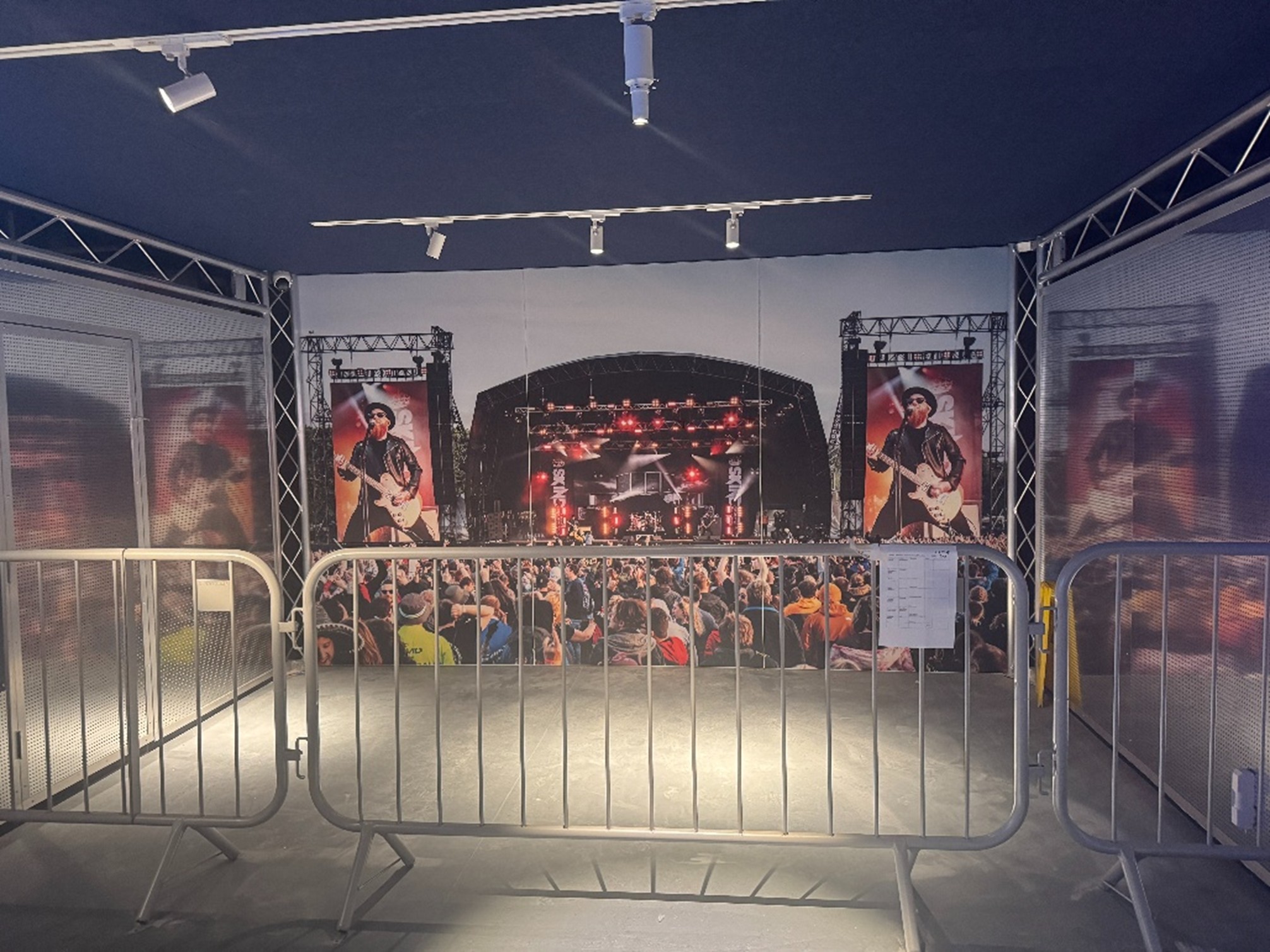
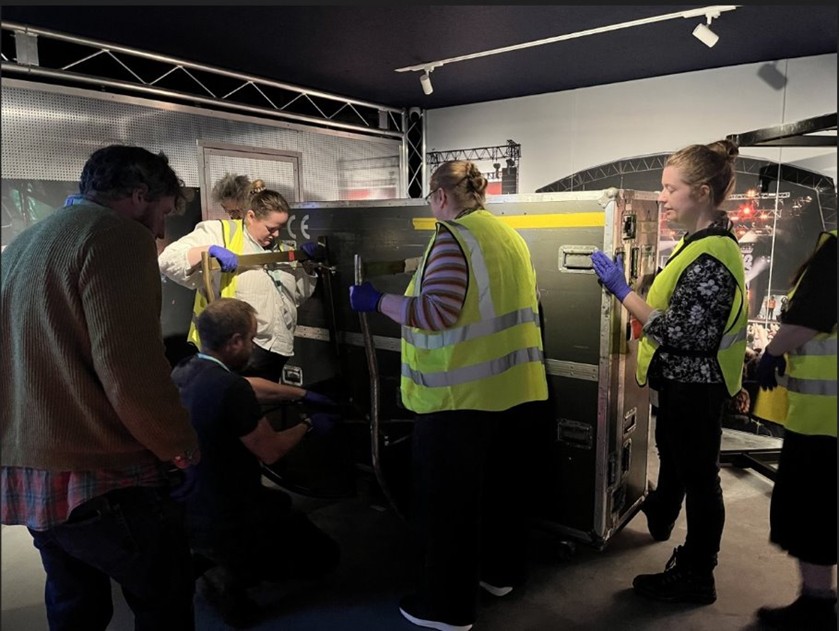
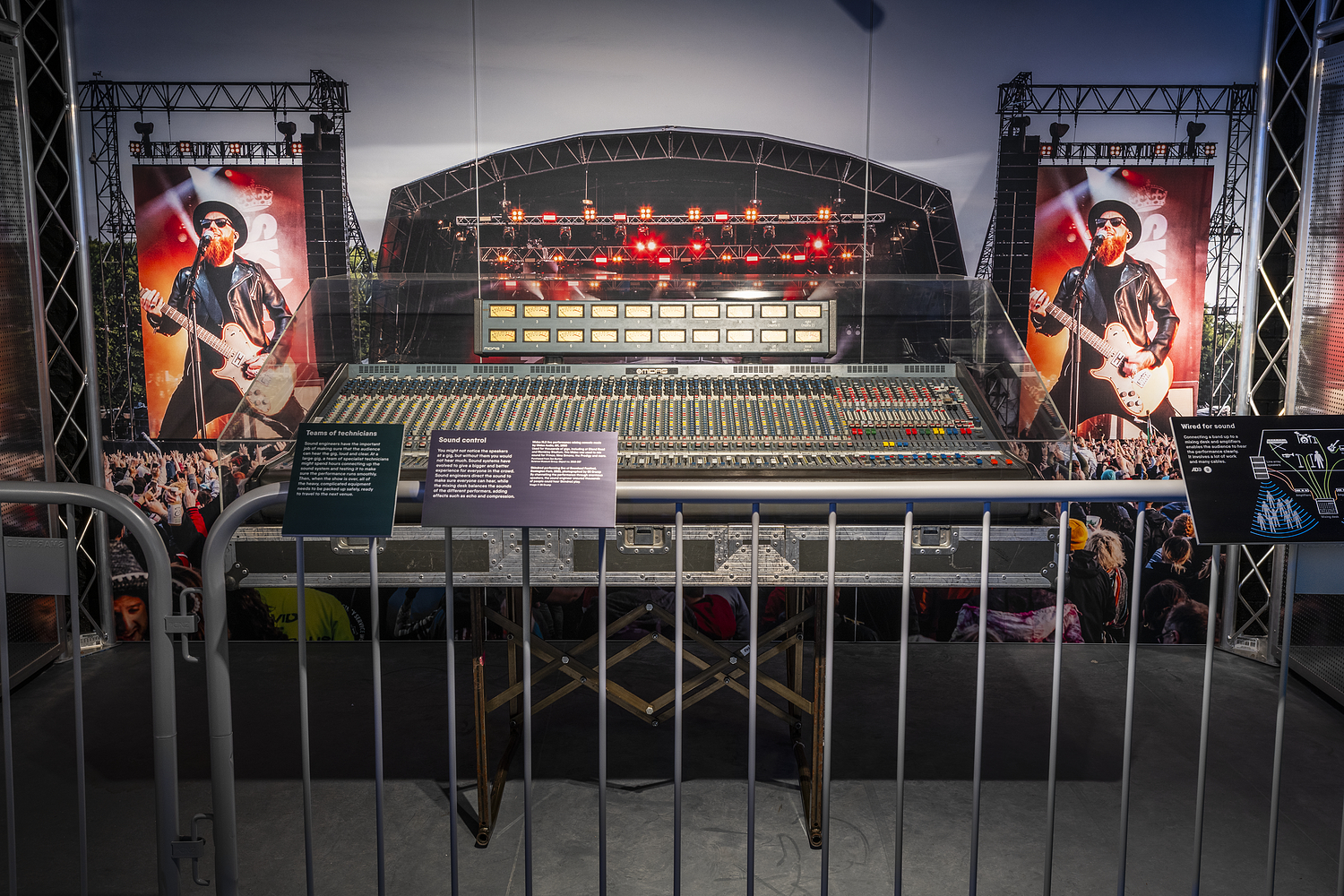
IMAX cine projector
This IMAX rolling loop cine projector from 1982 recently returned home to the National Science and Media Museum—it was originally used in the IMAX screen here from 1983 to 1997 and now sits proudly at the start of the Sound and Vision galleries. This object is extremely large and heavy. It was conserved by our colleague Martha at the National Collections Centre, and required specialist contractors to help move it up to the gallery.
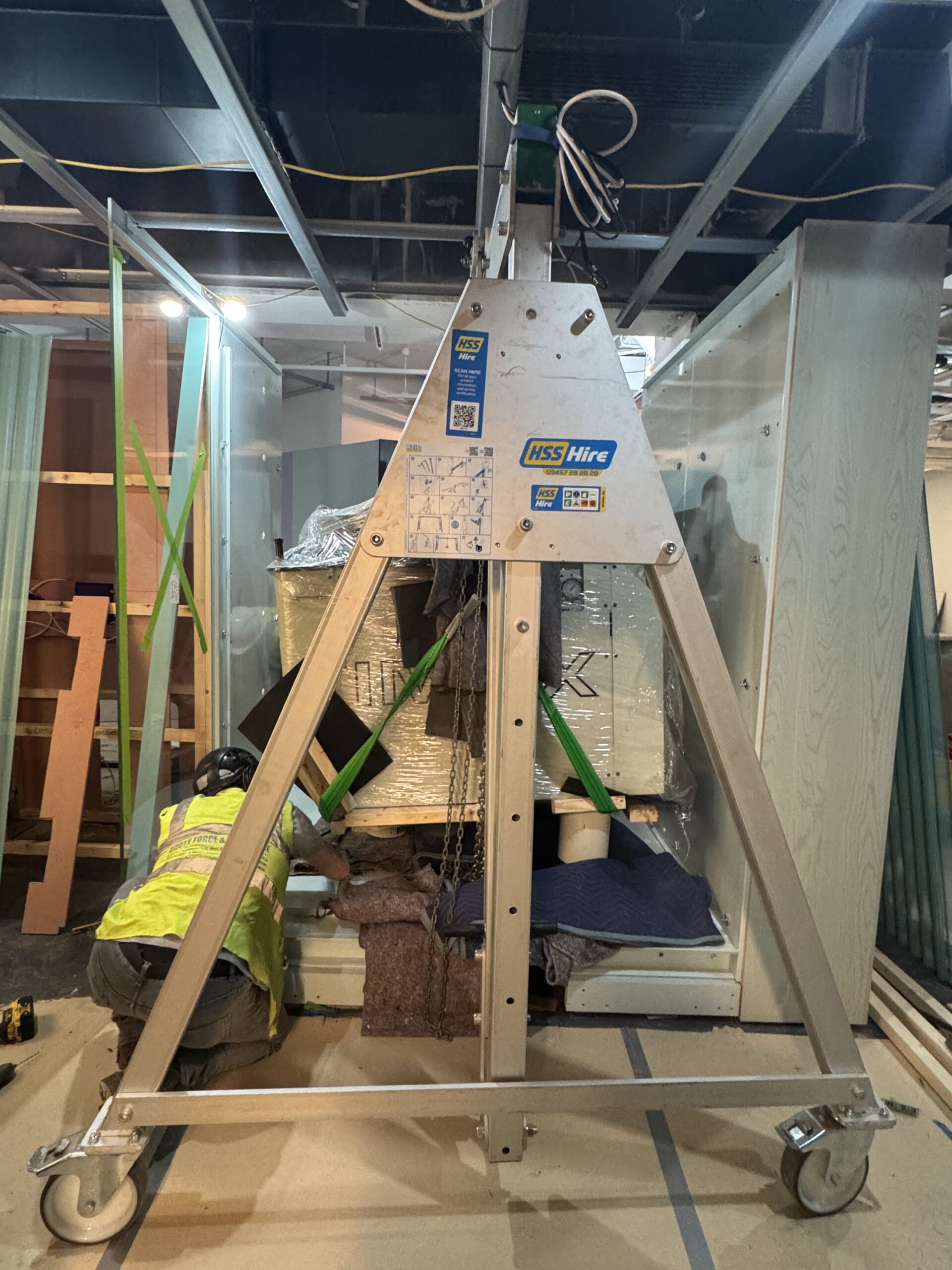
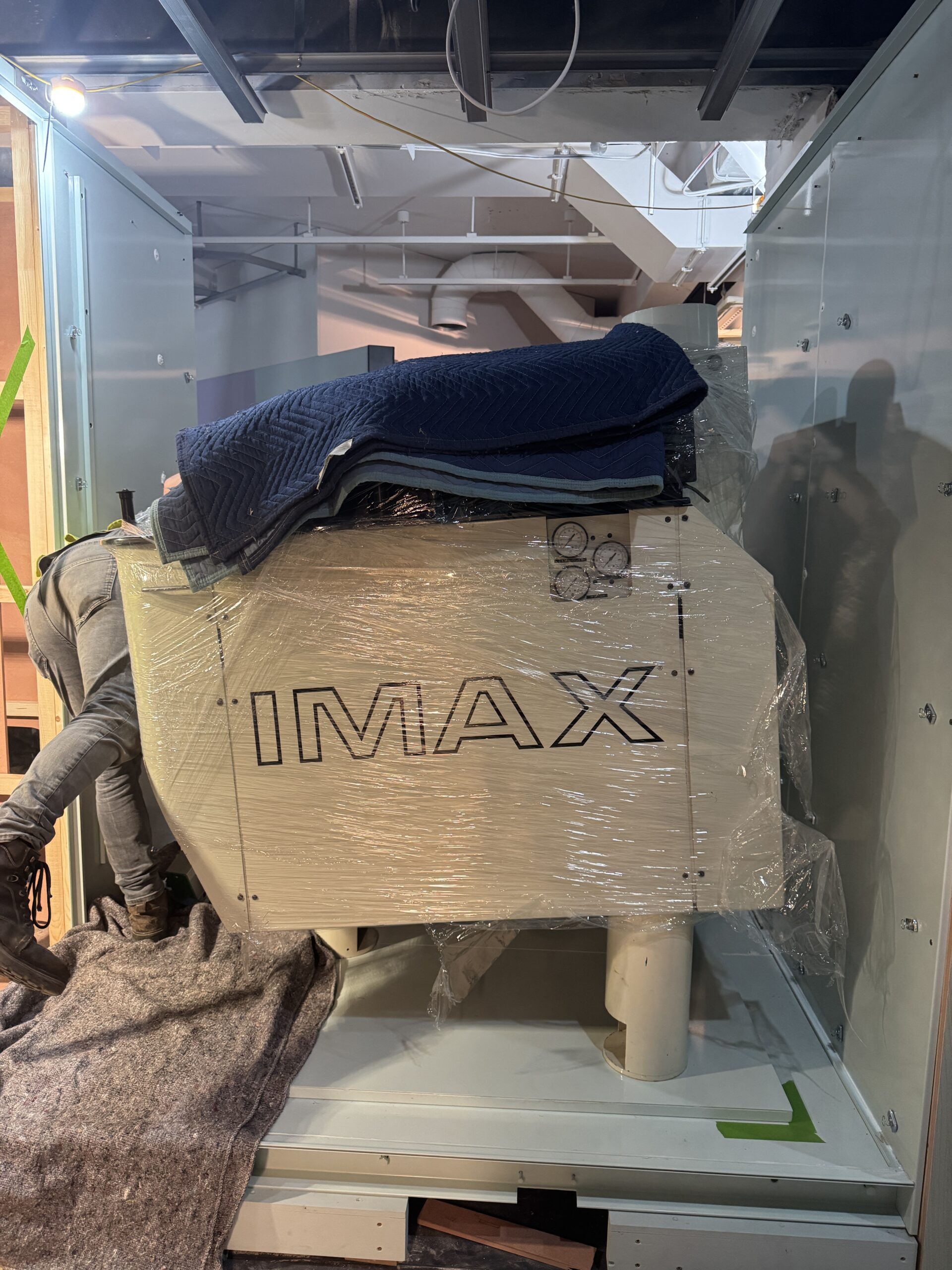
Due to the size of the projector, the conservation team worked with the set designers and case makers to ensure the object could be installed. This object needed to be installed half-way through its showcase being completed. Once it had been installed, the case could be constructed around the projector. The IMAX projector was the first object to be installed of over 600 objects in total back in February.

Marconi-EMI Emitron camera, pedestal and dolly
This Emitron television camera, like the other large objects, came with some challenges. The gallery design meant that this object had to be installed first, with the set and design then completed around the three elements—the dolly, the pedestal and the camera itself. Specialist contractors helped move the objects due to their size and weight. Once we were happy with the positioning of the dolly, the pedestal and camera were placed on top. Since these objects are made of different materials, we also created a barrier layer so that the pedestal didn’t rest directly on the wood.
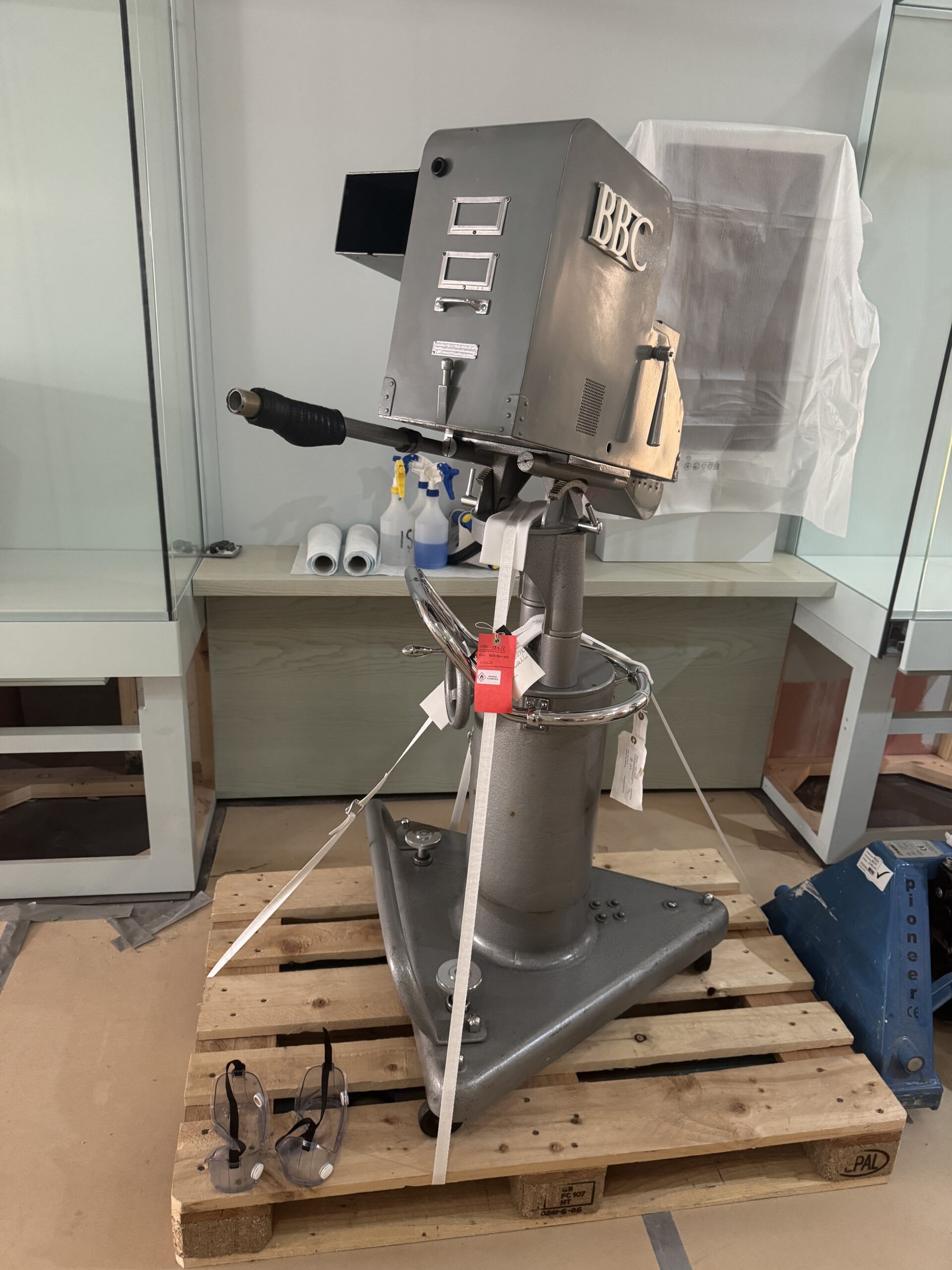
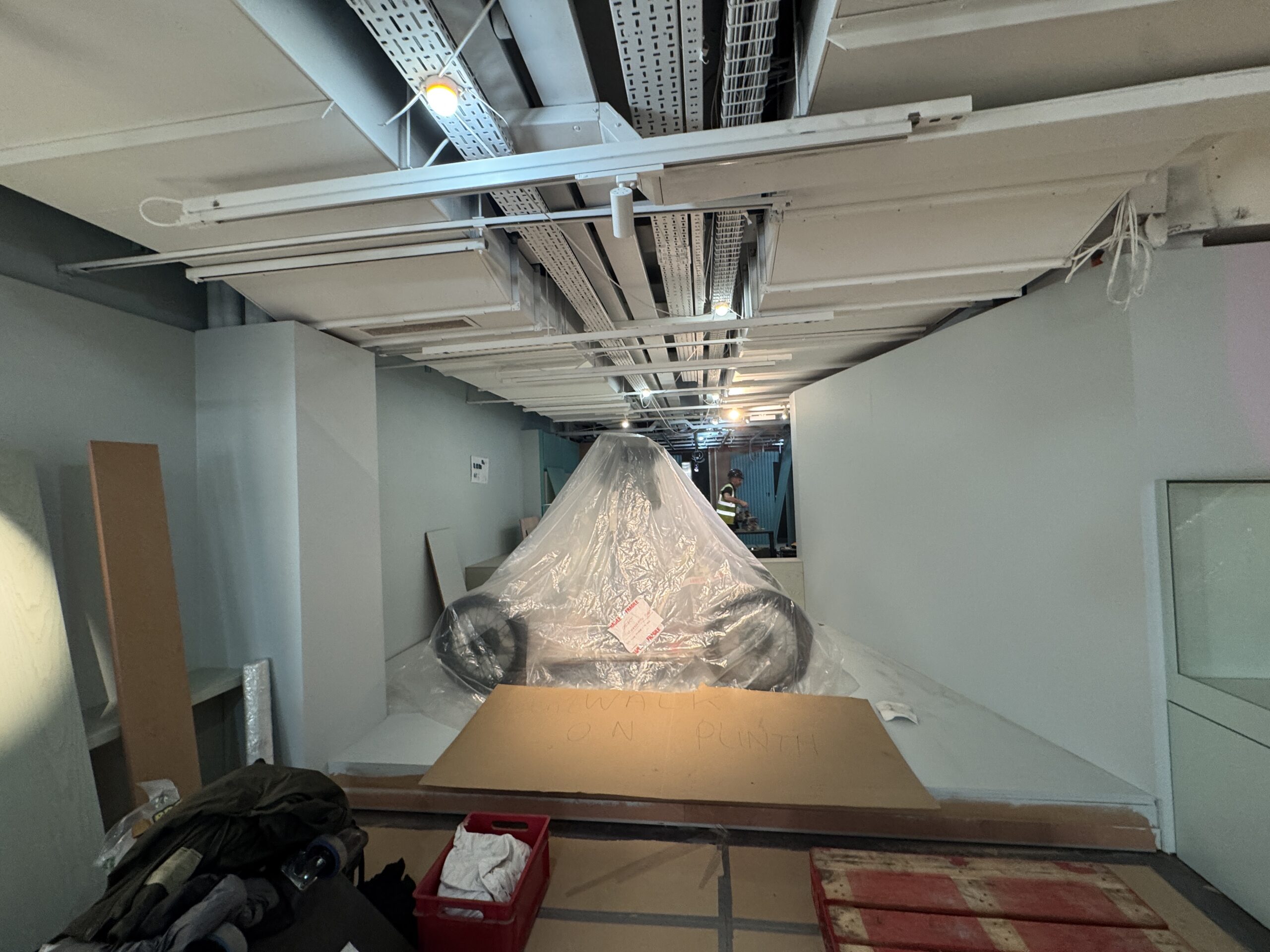
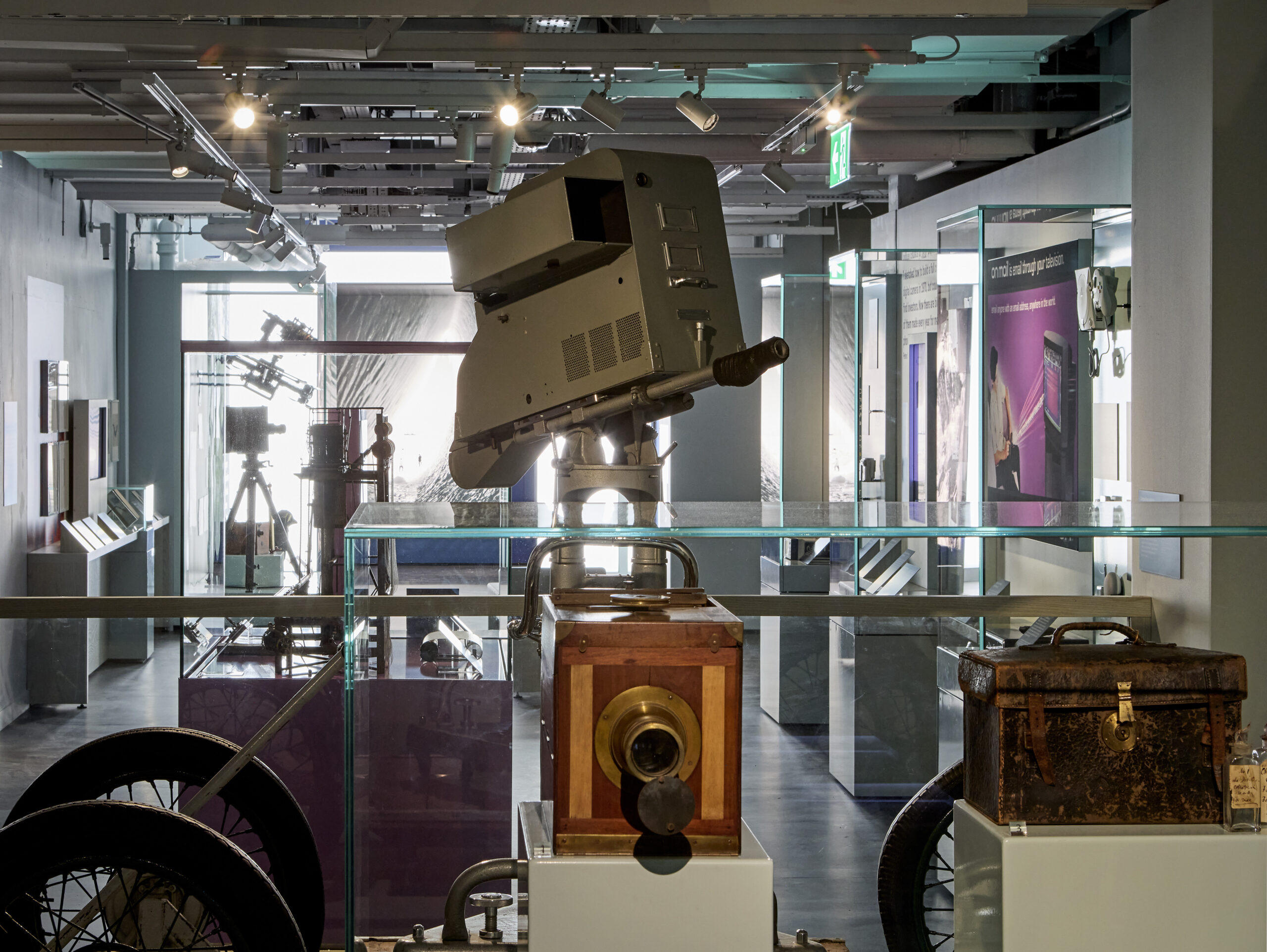
The Sound and Vision Project is generously supported by The National Lottery Heritage Fund thanks to money raised by National Lottery players (Lead Supporter), Bradford 2025 UK City of Culture (Major Supporter), City of Bradford Metropolitan District Council (Associate Funder) and DCMS/Wolfson Museums and Galleries Improvement Fund (Associate Funder).